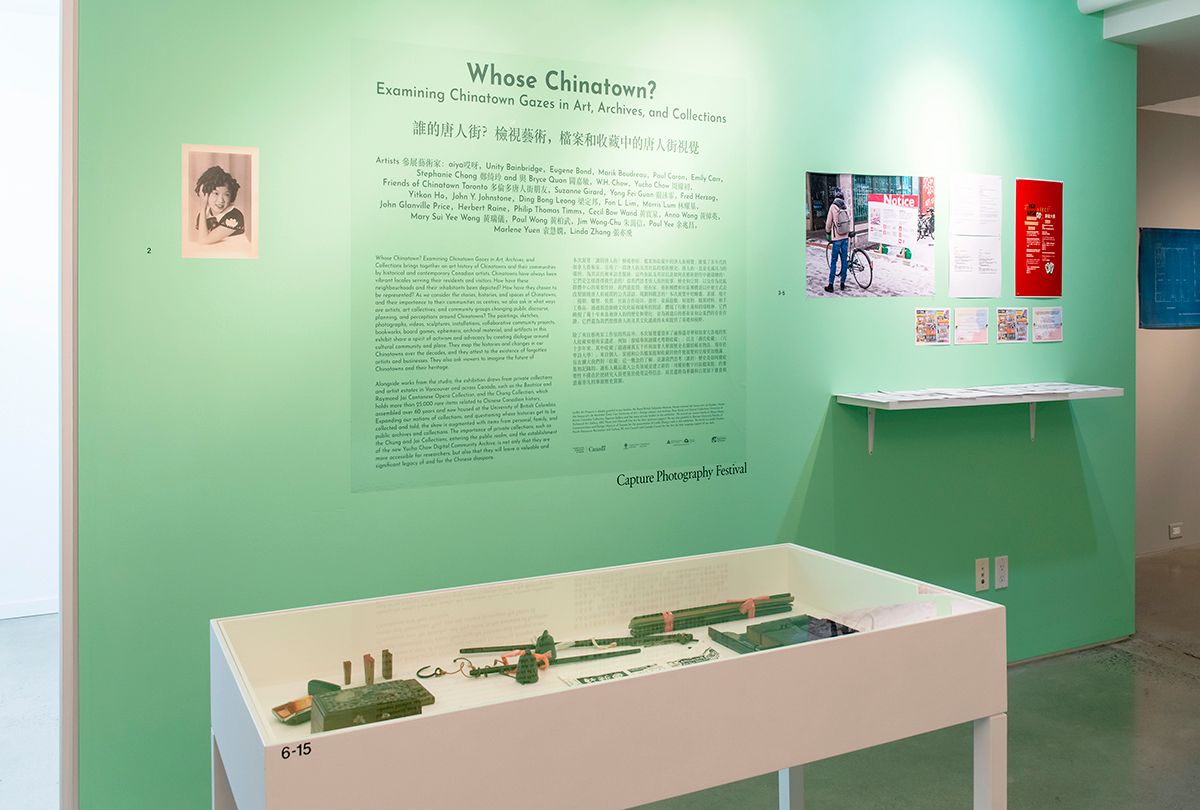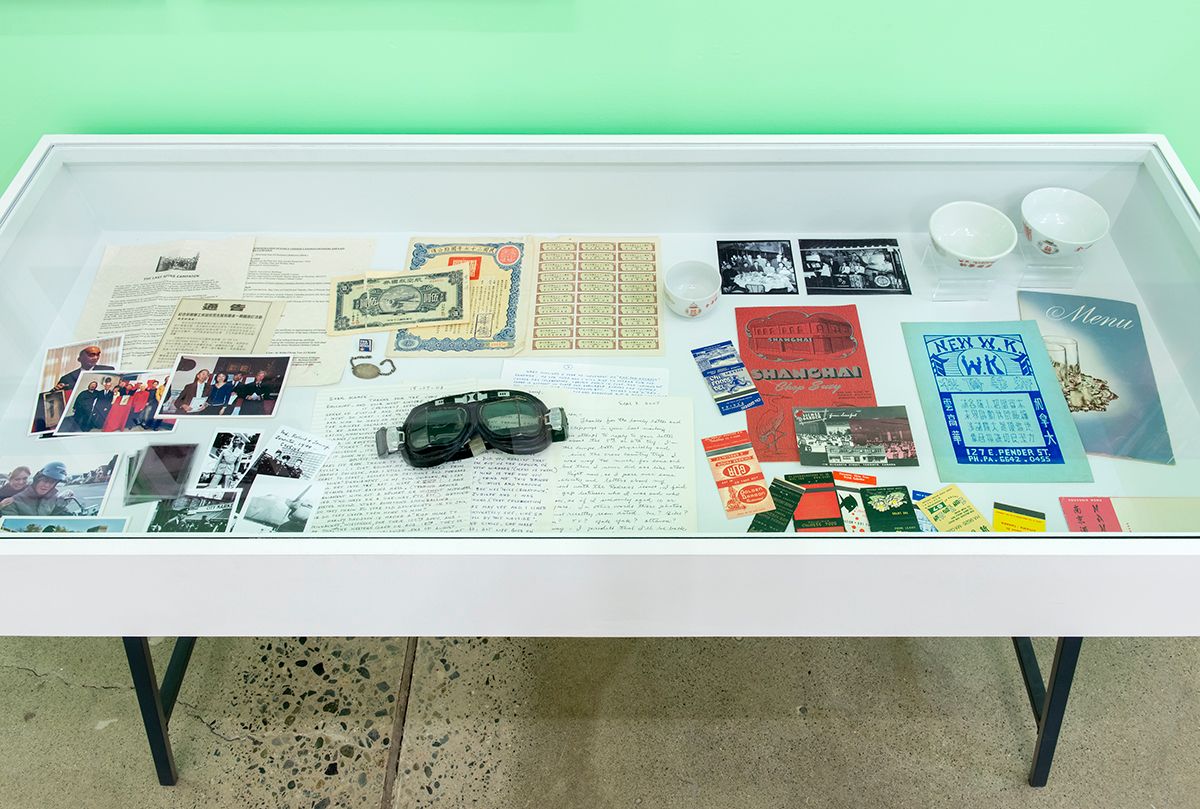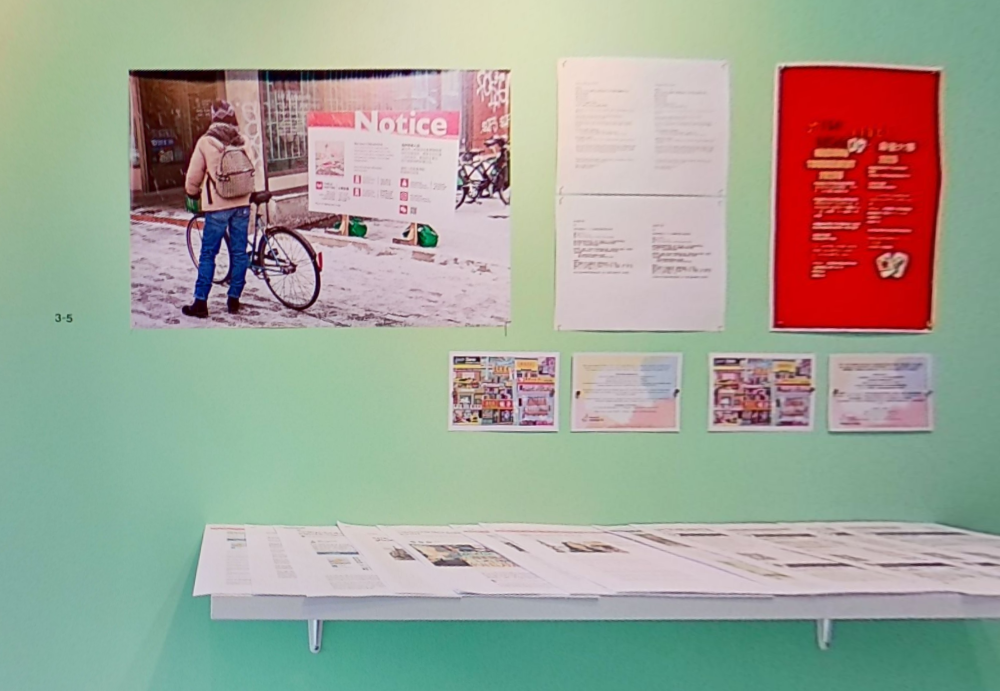Chinatowns are more than streets with Chinese restaurants and shops. They are homes for the Chinese diaspora. Chinatowns house a history often forgotten in textbooks, but they face increasing threats from the rise in anti-Chinese racism heightened during the pandemic.
Griffin Art Projects in North Vancouver hosted ‘Whose Chinatown?’ an exhibit bringing together historical archives and artwork from private and public collections. From January 29th to May 2nd, 2021, the art exhibit displayed 159 prints, paintings, videos, and other creative works.

‘Whose Chinatown?’ is an open-ended question posed to all the viewers, regardless of their background. The curator Karen Tam said the exhibit was about the past, present, and future of Chinatowns.
“Who are they for now? Who are they for in the future?” Tam said. “Whose Chinatown are we talking about?”
The exhibit included pieces from Chinatowns all across North America, drawing together the beginnings of Chinatown art histories that did not exist before. Many items were from family collections, highlighting a sense of familiarity and unity.
“I know that from the interaction with visitors to the show that it brought back a lot of memories for people,” Tam said.
The Covid-19 pandemic and fear-mongering messages exacerbated anti-Asian and anti-Chinese hate crimes, leaving a disastrous effect on Chinatowns across the world. BBC reported a lack of customers forced a San Francisco Chinatown restaurant to cut their staff numbers from 23 to 3. New York City’s Chinatown was described as a ghost town.
CBC reported in February that Vancouver Chinatown suffers from worsening conditions. Owners reinforce their windows with two layers of glass because of repeated smashing, human waste and garbage litter the streets, and the retail vacancy rate rose to more than 17%. The Vancouver Police Department reported in the same month that anti-asian hate crime incidents rose by 717% since 2019. Vancouver Chinatown also lost a large bulk of customers they typically received from tourism; the six Chinatown gift shops dwindled to two.

“I started developing this project a year and a half ago,” Tam said. Initially, the exhibit began as a project out of her artistic practices. She focuses on the depiction and misrepresentation of the Chinese community and culture in the West, focusing on the Chinese diaspora congregated in Chinatowns.
“We don’t always have the opportunity to make a show for our own community.”
When Tam saw the rising anti-Chinese racism and the impact of the pandemic on Chinatown, the exhibit shifted from a display to a response.
The United Nations’ Sustainable Development Goal (SDG) 10 calls for Reduced Inequalities. It wrote, “Policies should be universal in principle, paying attention to the needs of disadvantaged and marginalized populations.” One of the Chinese community’s major needs, especially during the pandemic, is positive representation and support from surrounding communities.
For Tam, the art exhibit was not just a display of items about Chinatown but an opportunity for community outreach, public programming, and bringing together a network of activists and artists to make a visual change.
“We don’t often see our communities reflected in institutions, like different art museums,” Tam said. “The important thing is highlighting, supporting, and uplifting different voices.”
Tam included works from activist groups, such as Friends of Chinatown Toronto (FOCT)’s bilingual development sign. FOCT created their sign in 2019 in response to the City of Toronto’s English development sign in Toronto Chinatown. The development sign was not accessible to many residents and newcomers. FOCT’s actions resulted in the City of Toronto replacing its English development sign with the first-ever bilingual development sign.

“It's amazing to see what artists and activists do to make a change,” Tam said.
Tam hopes the exhibit will invoke viewers to consider their relationship and connection to their local Chinatown. Since Chinatowns were hit hard by the pandemic, Tam said to “think of ways they can support the Chinatown community and businesses.”
After the pandemic, Tam hopes to tour the exhibition across Canada. “It’s important to continue this conversation and see how it can spark, if not change, but to just spark dialogue in each place,” Tam said.
“[Art] raises questions and it asks us to really look within and to ask how we as individuals can make change”
For a virtual viewing of the gallery, click here.
